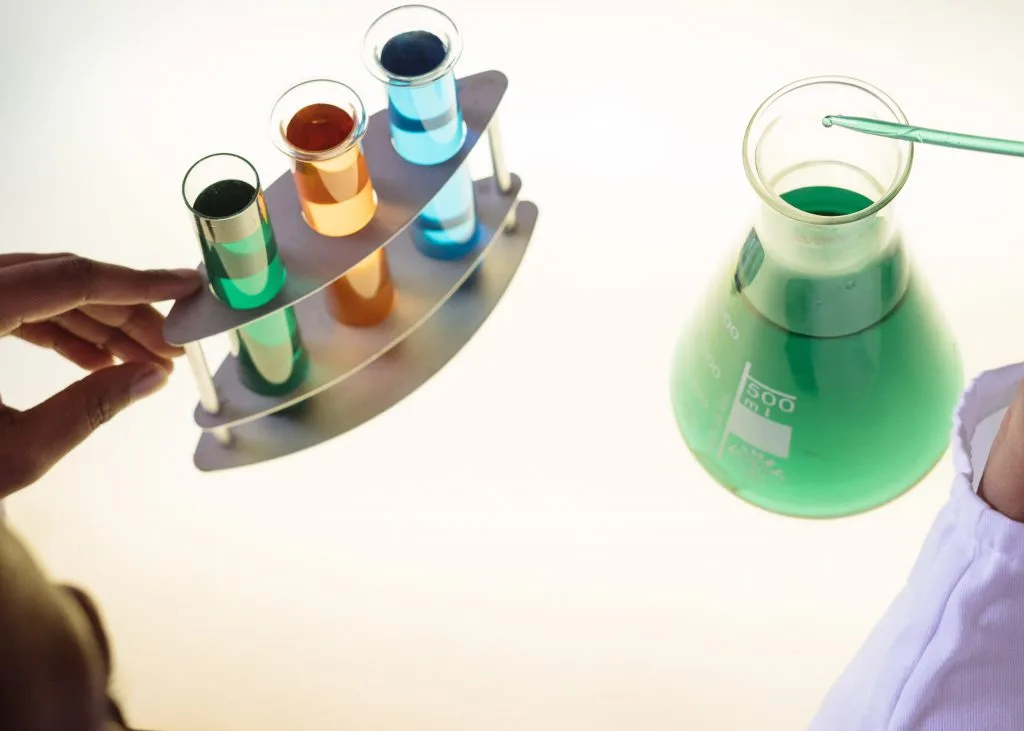Peroxide-free teeth whitening
Teeth whitening is a very common cosmetic procedure that has been used for many years. The use of the tooth whitening process is still increasing day by day. If you care not only for the appearance of your teeth but also for the health of your mouth at the same time, you are in the right place.
In this article, based on the evaluation and studies of several research articles, we will clarify how to whiten your teeth effectively by using only healthy ingredients. So let's start.
It all starts in 2011 when the EU restricted the use of hydrogen peroxide in teeth whitening products only to 0.1% for products sold directly to the customers [1]. This amount is way too small to visible whiten teeth. That was an inspiration and great challenge for world´s and European scientists to come up with a solution that is healthy and what works! And this is how the PAP formula was created.

What is PAP?
PAP is a non-toxic, hydrogen peroxide-free whitening agent that has been scientifically proven to be effective for teeth whitening [2]. Phthalimido peroxy caproic acid (PAP) is a mild and safe oxidizer that breaks up stain molecules, rendering them clear and invisible [3].

Is PAP as effective as Hydrogen Peroxide?
12% of PAP in whitening gel used with whitening tray for teeth bleaching is as effective as 8% of hydrogen peroxide [2] but does not cause any harm and is not toxic in regular use.
Is teeth whitening with PAP formula causing teeth sensitivity?
Studies showed that the PAP formula in whitening gels in combination with recalcifying substances does not cause teeth sensitivity [2], [3].
One of the best recalcifying elements is Tricalcium Phosphate (ACP). ACP is a natural ingredient that protects and rebuilds tooth enamel [4].
To be sure that your teeth enamel is well-protected, search for Hydroxyapatite (HAP) in a list of ingredients of your teeth bleaching product. Hydroxyapatite is a natural ingredient that protects and rebuilds teeth enamel. It releases calcium in dental biofilms and so remineralises tooth structures [5].
Moreover, to avoid teeth sensitivity a natural preservative like Potassium Citrate is needed. It goes down into the tooth structure and through the soft layer of dentin provides the nerves with lasting protection from pain and sensitivity [6].

Products available on the market
We researched and compared several products on the market using safe and natural ingredients for teeth bleaching. The good news is, there are many various products available. By comparing its ingredients and effectiveness we found that JuliBrite teeth whitening Kit is the best option because its bleaching gel consists of 20% PAP whitening agent + 3 remineralising elements making it very effective and safe for teeth at the same time. There are also many other products but most of them are using LED light while treatment that is ineffective and in some cases can even become harmful (read more in the article LED light used for teeth whitening – helping or harming?)

All in all, we wish you good luck in searching for the right option for you. Don´t forget to put your dental and general health in the first place. That is what matters the most to keep your smile beautiful for decades!

